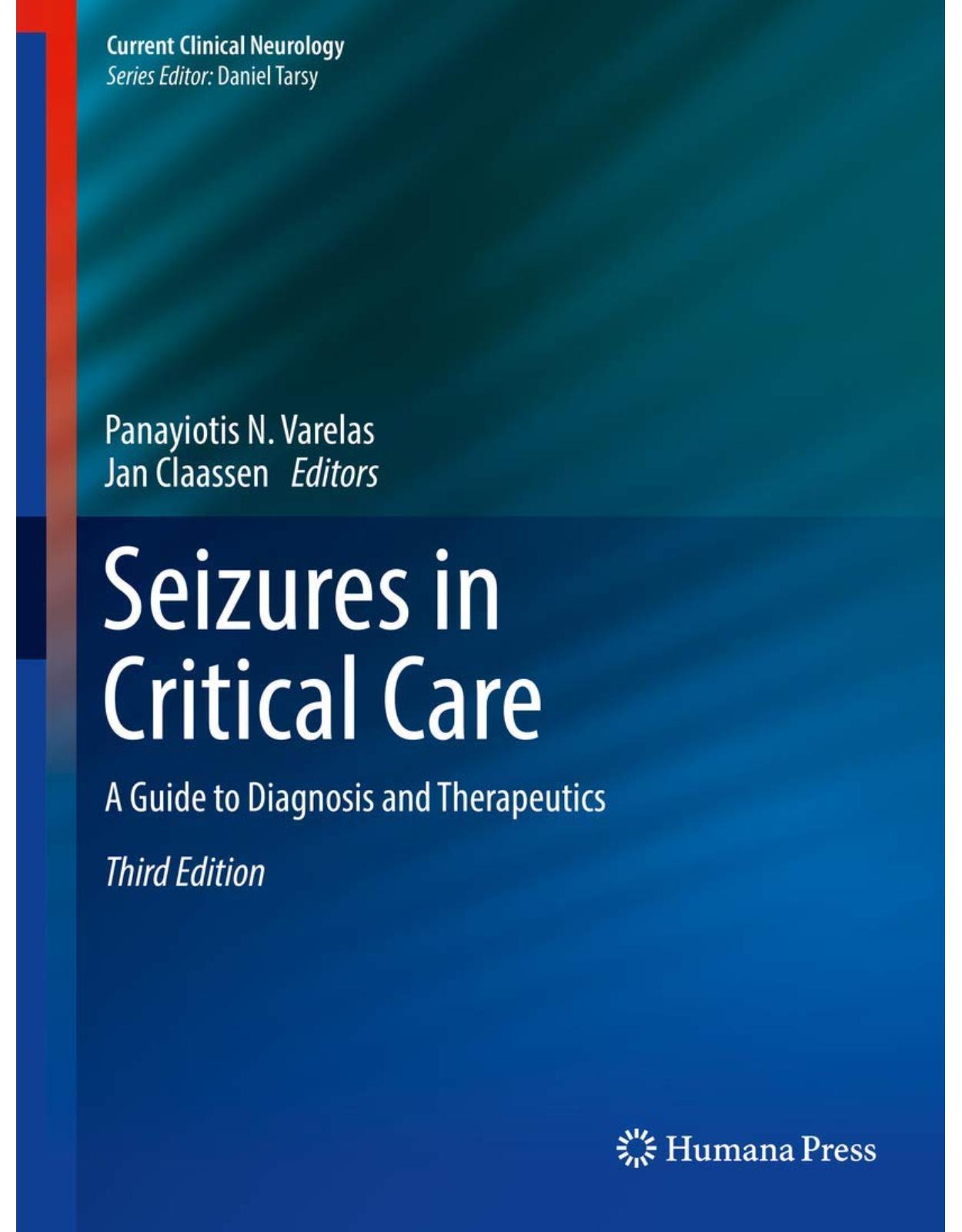
Seizures in Critical Care
Livrare gratis la comenzi peste 500 RON. Pentru celelalte comenzi livrarea este 20 RON.
Description:
Updated and expanded to provide the neurologic, intensive and critical care communities a comprehensive guide to common critical care illnesses and seizures, this third edition remains the premier resource on seizures in critical care. In addition to covering etiology, pathophysiology, diagnosis, differential diagnosis and treatment options, chapters feature the latest technologies and treatments and integrate current literature. This unique and specialized text offers neurologists, intensivists, neurosurgeons, trauma surgeons, epileptologists, electrophysiologists and residents in various specialties clarity on this challenging set of comorbidities.
Table of Contents:
Part I: General Section
1: Status Epilepticus - Lessons and Challenges from Animal Models
Introduction
History and Definition of SE
Epidemiology
Etiology
Animal Models of SE
Electrical Stimulation Models
Chemical Models of SE: Pilocarpine and Lithium–Pilocarpine
Studies of the Transition from Single Seizures to SE: GABAAR
Studies of the Transition from Single Seizures to SE: NMDAR
Chemical Models of SE: Kainic Acid
Chemical Models of SE: Nerve Agents
In Vitro Models Used to Study Basic Physiology of SE
Brain Slices
4-Aminopyridine Model
Low Magnesium Model
High Potassium Model
Organotypic Slice Culture Model
Other Techniques
Intrinsic Optical Imaging
Dissociated Cultures
Pathophysiological Changes During SE
Lessons from Animal Models of SE
SE Is Maintained by an Underlying Change in Limbic Circuit Excitability That Does Not Depend on
The Initiation and Maintenance Phases of SE Are Pharmacologically Distinct
Initiation Is Accompanied by a Loss of GABA Inhibition
Maintenance of SSSE Depends on the Activation of NMDA Receptors
Time-Dependent Development of Pharmacoresistance
Maladaptive Seizure-Induced Receptor Trafficking Plays a Role in the Development of Pharmacores
Potentiation of NMDA Synaptic Responses May Play a Role in Maintaining SE
Therapeutic Implications of Seizure-Associated Receptor Trafficking
The Case for Polytherapy
If Treatment Is Delayed, Triple Therapy May Be Needed
Timing of Polytherapy Is Critical
The Earlier the Better
Issues Commonly Encountered in Translational Research
Conclusions
References
2: Impact of Seizures on Outcome
Introduction
Continuous Electroencephalogram Monitoring
Terminology
Literature Search Methods
Electrographic Seizures in the Intensive Care Unit
Outcome in Sepsis
Outcome in Traumatic Brain Injury
Outcome in Subarachnoid Hemorrhage
Outcome in Stroke
Outcome After Cardiac Surgery
Outcome After Cardiac Arrest
Outcome in Tumors
Pediatric Outcome
Conclusions
References
3: Diagnosing and Monitoring Seizures in the ICU: The Role of Continuous EEG for Detection and
Introduction
How to Monitor
Data Analysis
Who to Monitor
EEG Patterns Encountered During EEG Monitoring
How Long to Monitor
Cost-Effectiveness
Future Directions
Summary
References
4: Seizures and Quantitative EEG
Introduction
Overview of Quantitative EEG Methods
Amplitude-Based Methods
Displays Derived from Spectrograms
Methods for Monitoring Burst Suppression
Automated Seizure Detection
Automated Detection of Other Epileptiform Patterns
Fundamentals of Spectrograms
Motivation for Spectral Analysis
Spectral Decomposition: Fourier Transforms and the “FFT”
Signal Sharpening Manifests as Amplitude Spectrum Broadening
From Spectra to Spectrograms
Understanding Spectrograms: Cardinal Patterns from Synthetic Signals
Technical Considerations: Trade-Offs in Spectral Estimation
Trade-Off Between Temporal and Spectral Resolution
Trade-Off Between Bias and Variance
Interpretation of Spectrograms
Case Vignettes with Example Spectrogram Patterns
Basic Patterns
Combination Patterns
Clinical Utility Of Quantitative EEG and Spectrograms
Quantitative EEG Outside the Realm of Seizures
Summary
References
5: Spreading Depolarizations and Seizures in Clinical Subdural Electrocorticographic Recordings
Introduction
Methods
General
Recording of the Neuromonitoring Data
Analysis of Neuromonitoring Data
Statistics
Results
Case Reports
Comparison Between SD and IEE
Discussion
Comparison of IEE and SD
Synergism of IEE and SD
Perspective on Injury and Plasticity
References
6: Multimodality Monitoring Correlates of Seizures
Neuro ICU Monitoring Modalities
Intracranial Pressure
Cerebral Perfusion Pressure and Regional Cerebral Blood Flow
Brain Tissue Oxygenation
Cerebral Microdialysis
EEG as a Component of Multimodality Monitoring
Surface EEG
Quantitative EEG (for an Extensive Discussion on qEEG Please Refer to Another Chapter of the B
Automated Seizure Detection Algorithms
Depth EEG
EEG and Multimodality Monitoring
Multimodality Monitoring Signature of Seizures
Animal Studies
Studies in Humans
Seizure Activity on Depth Electrode Recordings
The Clinical Significance of Depth and Surface EEG Seizures
References
7: Management of Critical Care Seizures
Introduction
Definitions
Convulsive Seizures
Generalized Convulsive Status Epilepticus
Nonconvulsive Seizures
Nonconvulsive Status Epilepticus
Established Status Epilepticus
Refractory Convulsive and Nonconvulsive Status Epilepticus
Super refractory Status Epilepticus
Incidence of Critical Care Seizures
Principles of Seizure Management in Critically Ill Patients
Concept of Appropriately Aggressive Treatment
Stages of Treatment
Emergent Initial Therapy
Urgent Control Therapy
Refractory Status Epilepticus Therapy
General Medical Care
Medications Used to Control ICU Seizures
Benzodiazepines
Diazepam
Lorazepam
Midazolam
Clonazepam
Phenytoin and Fosphenytoin
Valproic Acid
Levetiracetam
Lacosamide
Phenobarbital
Options for Add-on Therapy
Pregabalin
Gabapentin
Topiramate
Clobazam
Other Medications
Antiepileptic Medication Discontinuation
Conclusions
References
8: Management of Status Epilepticus in the Intensive Care Unit
Introduction
Pathophysiology
Goals of ICU Management and Treatment Options for SE
Emergent Medical Management
Prehospital Management
In-Hospital Management in the Emergency Department or ICU
General Medical Supportive and Diagnostic Measures for SE
Termination of Seizures During SE
Rationale for Using Specific Antiepileptic Medications
Medications Used to Control ICU Seizures and SE (Table 8.4)
Benzodiazepines
Introduction
Diazepam
Lorazepam
Midazolam
Phenytoin and Fosphenytoin
Valproic Acid (VPA)
Levetiracetam (LEV)
Lacosamide
Barbiturates
Issues with Barbiturate Infusions in the ICU
Depth and Duration of Barbiturate Coma
Phenobarbital
Thiopental
Pentobarbital
Propofol
Ketamine
Other Less Commonly Used Medications for SE
Other Potential Treatment Options for SRSE (Table 8.3, Stage 4.2)
Hypothermia
Resective Surgery
Brain Stimulation
Immunosuppressive Therapy
Management of Focal SE
Prevention and treatment of complications
Management of Seizures and SE with Antiepileptics in ICU Patients with Organ Dysfunction
Hepatic Failure
Renal failure
Hemato-Poetic Dysfunction
Drug interaction in the ICU
References
Part II: Etiology-Specific Section
9: Ischemic Stroke, Hyperperfusion Syndrome, Cerebral Sinus Thrombosis, and Critical Care Seizures
Introduction
Seizures After Ischemic Stroke
Clinical Studies
Status Epilepticus
Pathophysiology
Seizures Before Stroke: Chicken or Egg First?
Ischemic Changes in Time and Development of Seizures
Localization and Etiology of Ischemic Stroke and Seizures
EEG Findings
Neuroimaging
Seizures Post Stroke in the Young and the Elderly
Treatment of Post-Ischemic Stroke Seizures
Reperfusion–Hyperperfusion Syndrome
Cerebral Vein and Dural Sinus Thrombosis
Clinical Studies
Treatment of Seizures Related to CVT
References
10: Hemorrhagic Stroke and Critical Care Seizures
Introduction
Subarachnoid Hemorrhage
Intracerebral Hemorrhage
Arteriovenous Malformations
Cavernous Malformations
Ischemic Stroke with Hemorrhagic Conversion
Conclusion
References
11: Traumatic Brain Injury and Critical Care Seizures
Introduction
Incidence of Seizures in Traumatic Brain Injury
Experimental Approaches to Post-traumatic Seizures
Pathophysiology of Post-traumatic Seizures
Diagnosis of Seizures
Treatment of Post-traumatic Seizures
Outcome of Seizures Complicating TBI
Conclusions
References
12: Brain Tumors and Critical Care Seizures
Introduction
Incidence
Clinical Presentation
Pathophysiology
Evaluation of Patients with ICU Seizures
Treatment
Prophylactic Administration of AEDs
Treatment of Seizures in the ICU
Outcome
References
13: Global Hypoxia-Ischemia and Critical Care Seizures
Introduction
Epidemiology
Pathophysiology
Pathological and Chemical Changes in Hypoxic-Ischemic Injury and Seizures
Myoclonus in Hypoxic-Ischemic Coma
Lance-Adams Syndrome
Clinical Presentation
Generalized Tonic-Clonic (GTC) Seizures
Focal and Complex Partial Seizures
Myoclonus
Lance-Adams Syndrome
Laboratory Investigation
Electroencephalography
Electromyography
Somatosensory Evoked Potentials
Brain Imaging
Cerebrospinal Fluid Analysis
Differential Diagnosis
Treatment
General Considerations
Simple and Complex Partial Seizures
Generalized Tonic-Clonic Seizures
Myoclonus
Nonconvulsive Status Epilepticus
Prophylactic Antiepileptic Drug Use
Supportive Management
Prognosis and Outcomes
Hypothermia and Seizures After Resuscitation from Cardiac Arrest
The Future of EEG and Post-cardiac Arrest Seizures
References
14: Fulminant Hepatic Failure, Multiorgan Failure and Endocrine Crisis and Critical Care Seizures
Introduction
Hepatic Failure
Background
Pathophysiology
Diagnosis
Management
Hepatic Conditions Associated with Seizures
Wilson’s Disease
Reye’s Syndrome
Hepatic Porphyrias
Renal Failure
Background
Pathophysiology
Diagnosis
Management
Dialysis Disequilibrium Syndrome (DDS)
Sepsis
Background and Pathophysiology
Diagnosis and Management
Thyrotoxicosis and Thyroid Disorders
Background
Diagnosis and Management
Diabetes Mellitus
Background
Nonketotic Hyperosmolar State (NHS)
Diabetic Ketoacidosis (DKA)
Pituitary Hormones
Antidiuretic Hormone
Sex Hormones
Parathyroid Hormones
Adrenal Hormones
References
15: Organ Transplant Recipients and Critical Care Seizures
Introduction
Initial Patient Evaluation and Treatment
Seizures in Transplant Patients: Specific Causes
Drug-Induced Seizures
Acute Metabolic Change
CNS Infections
Post-transplant Malignancy
Posterior Reversible Encephalopathy Syndrome
Cerebrovascular Disease
Seizures in Transplant Patients: Treatment
Seizures in Transplant Patients: Significance for Outcome
References
16: Extreme Hypertension, Eclampsia, and Critical Care Seizures
Introduction
Hypertension and Pregnancy
Pre-eclampsia and Eclampsia
Epidemiology
Pathophysiology
Clinical Presentation
Electrographic and Radiographic Features
Management
HELLP Syndrome
Hypertensive Encephalopathy
Epidemiology
Clinical Features
Pathophysiology
Electrographic and Radiographic features
Management of Hypertensive Encephalopathy
Posterior Leukoencephalopathy Syndrome
Clinical Features
Pathophysiology
Radiological Features
Management
Conclusion
References
17: Infection or Inflammation and Critical Care Seizures
Introduction
CNS Infectious Disorders
Meningitis
Encephalitis
Herpes Simplex Encephalitis
Japanese Encephalitis
West Nile, La Crosse, Eastern Equine, and St. Louis Encephalitis
Human Immunodeficiency Virus infection and Seizures
Brain Abscess
Intracranial Extra-axial Pyogenic Infections
Ventriculitis
Inflammatory CNS Conditions
Vasculitides
Necrotizing Vasculitides
Polyarteritis Nodosa
Granulomatosis with Polyangitis
Churg-Strauss Syndrome
Vasculitides Associated with Connective Tissue Disease
Systemic Lupus Erythematosus
Rheumatoid Arthritis, Scleroderma, Sjogren’s syndrome, and Mixed Connective Tissue Disease
Vasculitis Associated with Other Systemic Diseases
Behçet’s Disease
Sarcoidosis
References
18: Electrolyte Disturbances and Critical Care Seizures
Introduction
Relationship Between Electrolytes, The Acid-Base Disequilibrium, and Neuronal Excitability
Transport of Water and Electrolytes Across the Blood–Brain Barrier and Regulation of Extrac
Neuronal Excitability: Membrane Potential, Ion Channels, Neurotransmitters, and Their Receptors
Water-Sodium Imbalance and Seizures
Epidemiology and Causes of Sodium and Osmotic Imbalance in Critically Ill Patients
Mechanisms of Sodium and Water Homeostasis
Hyponatremia
Management of Hyponatremia
Hypernatremia
Management of Hypernatremia
Calcium and Seizures
Calcium Homeostasis
Hypocalcemia
Management of Hypocalcemia
Hypercalcemia
Management of Hypercalcemia
Magnesium and Seizures
Magnesium Homeostasis
Hypomagnesemia
Management of Hypomagnesemia
Acid-Base Disorders and Seizures
Management of Acid-Base Disorders
References
19: Alcohol-Related Seizures in the Intensive Care Unit
Introduction
Definition and Diagnosis of Alcohol Spectrum Disorders
Alcohol Withdrawal Syndrome
Scales for Monitoring Withdrawal Symptoms
Incidence and Timeline of Alcohol-Related Seizures
Pathophysiologyof Alcohol Withdrawal and Alcohol-Related Seizures
Genetic Influence
Comorbidities in the Alcoholic Patient with Seizures Admitted to an ICU
Alcohol-Related Seizures
Electrographic Findings on EEG Monitoring of Patients with Alcohol Abuse and or Alcohol-Related
Medications Used in the Treatment of Alcohol-Related Seizures
Benzodiazepines
Propofol
Barbiturates
Carbamazepine
Valproic Acid
Topiramate
Pregabalin
Gabapentin
Treatment of Alcohol Withdrawal and Related Agitation and Delirium
Conclusion
References
20: Drug-Induced Seizures in Critically Ill Patients
Introduction
Epidemiology
Risk Factors
Prevention
Causative Agents
Analgesics
Opioids
Salicylates
Anesthetics
General Anesthetics
Local Anesthetics
Antiepileptic Agents
Antimicrobial Agents
Beta-lactams
Carbapenems
Fluoroquinolones
Isoniazid
Metronidazole
Antiviral Agents
Bronchodilators
Immunosuppressive Agents
Chemotherapeutic Agents
Psychotropic Agents
Antipsychotic Agents
Antidepressants
Tricyclic Antidepressants
Selective Serotonin Reuptake Inhibitors
Monoamine Oxidase Inhibitors
Bupropion
Miscellaneous Antidepressants
Lithium
Stimulants
Drug Withdrawal
Miscellaneous Agents
Treatment
Summary
References
21: Illicit Drugs and Toxins and Critical Care Seizures
Introduction
Epidemiology
Illicit or Abused Drugs
Opiates
Sedatives and Hypnotics
Stimulants
Solvents
Hallucinogens
Epileptogenic Environmental Toxins
Marine Toxins
Mushroom and Plant Toxins
Carbon Monoxide (CO)
Heavy Metals
Introduction
Lead
Mercury
Tin
Pesticides and Other Chemical Toxins
Introduction
Cholinesterase Inhibitors
Cyanide
Other Pesticides
Conclusion
References
22: Seizures and Status Epilepticus in Pediatric Critical Care
Introduction
Electrographic Seizure Incidence and Risk Factors
Continuous EEG Monitoring Duration
Outcome
Clinical Practice and Guidelines Related to Continuous EEG Monitoring
Quantitative EEG for Electrographic Seizure Identification
Status Epilepticus Management Overview
Status Epilepticus Management: Diagnostic Considerations
Status Epilepticus Management: Emergent Benzodiazepine Management
Status Epilepticus Management: Urgent Antiseizure Medication Management
Refractory Status Epilepticus Management
Conclusions
References
Index
| An aparitie | 2017 |
| Autor | Varelas |
| Dimensiuni | 21.95 x 2.77 x 29.11 cm |
| Editura | Springer |
| Format | Hardcover |
| ISBN | 9783319495552 |
| Limba | Engleza |
| Nr pag | 390 |

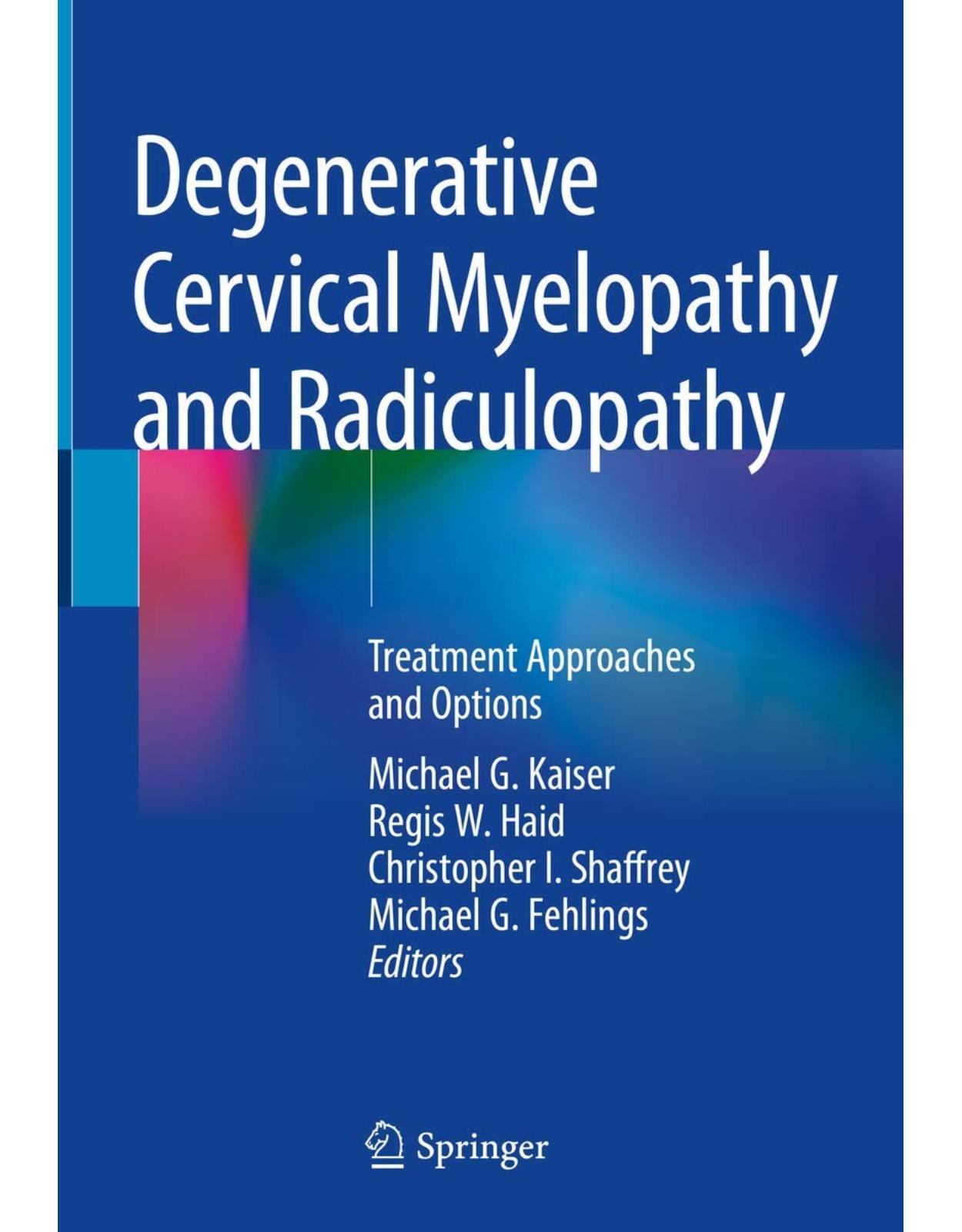
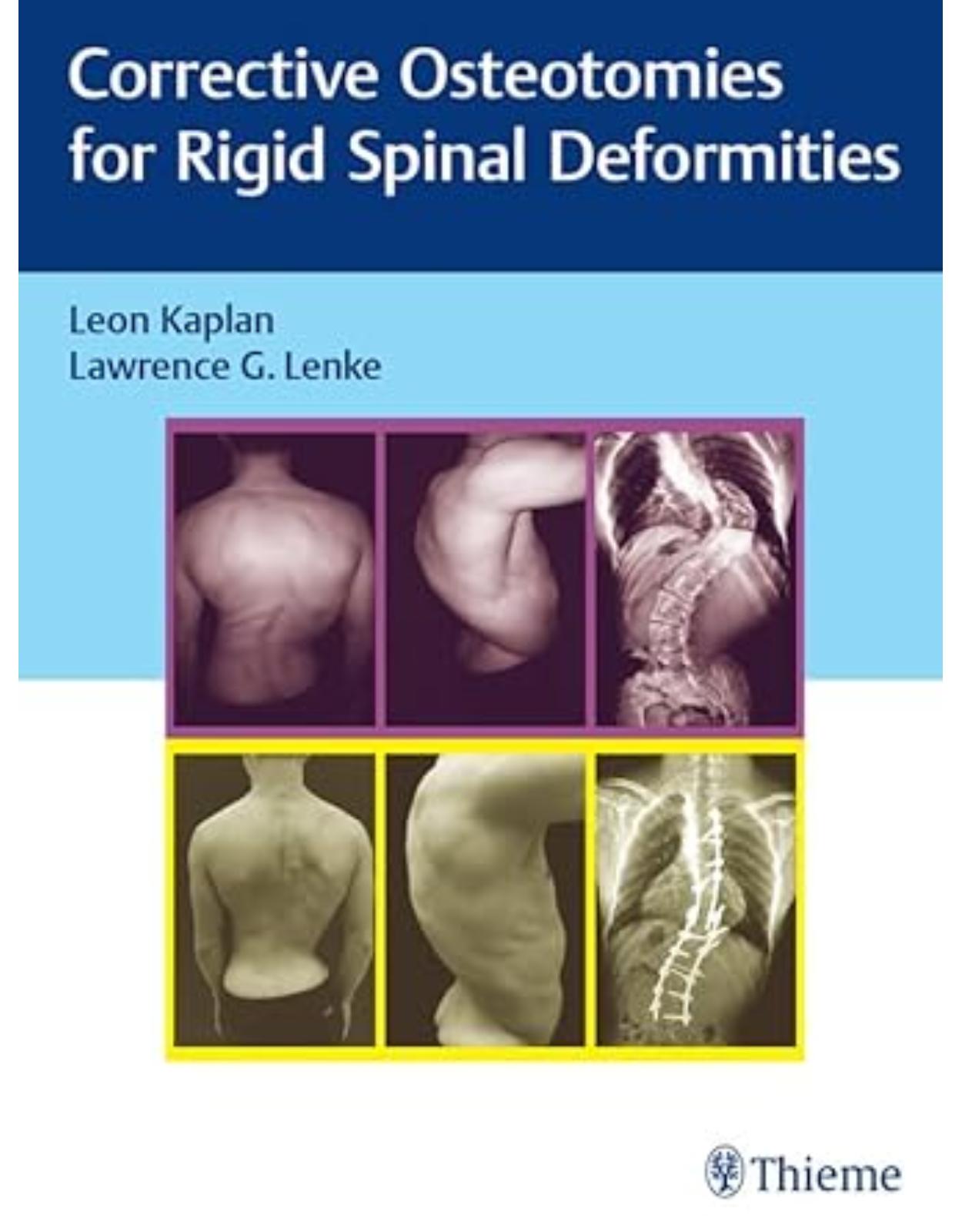
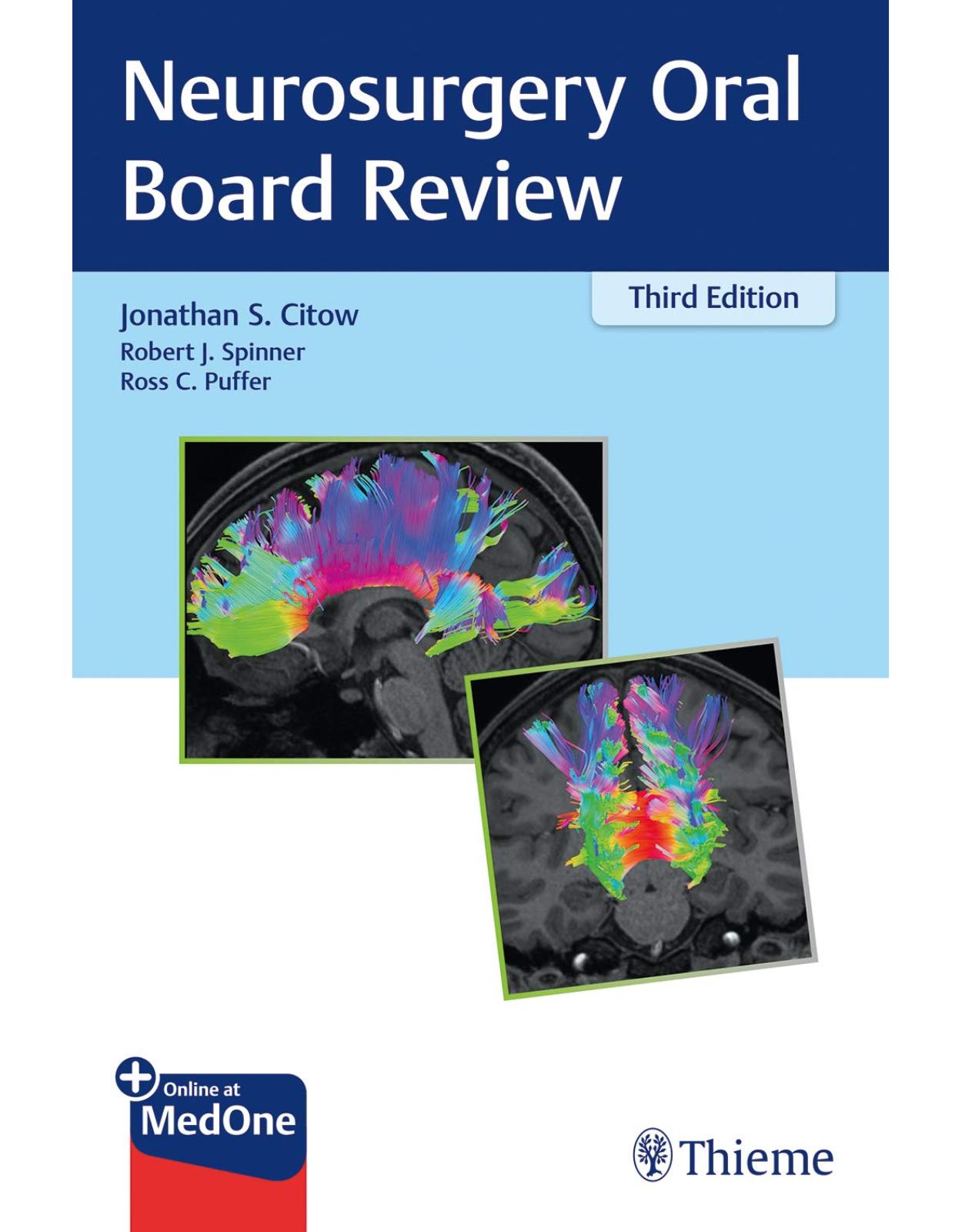

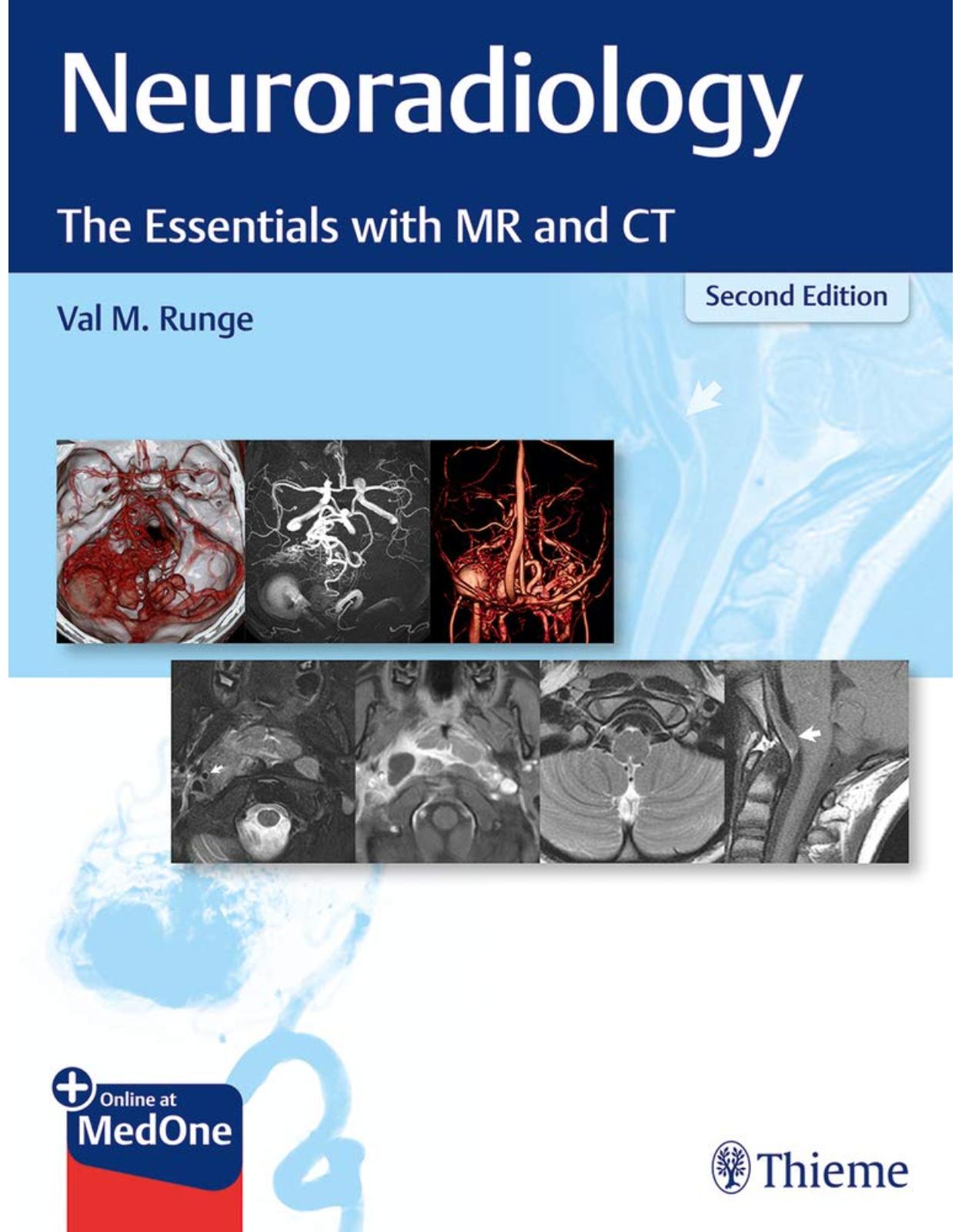
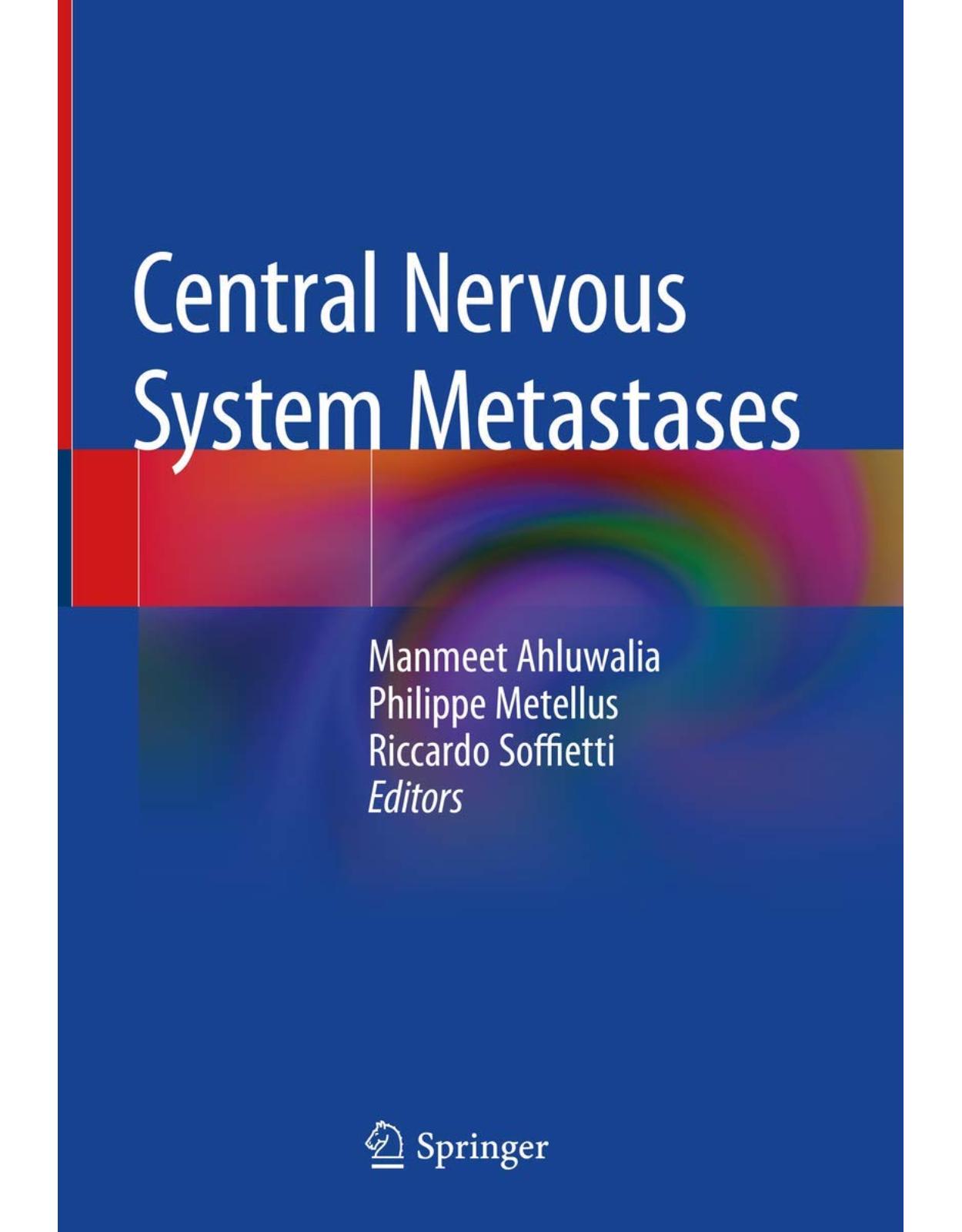
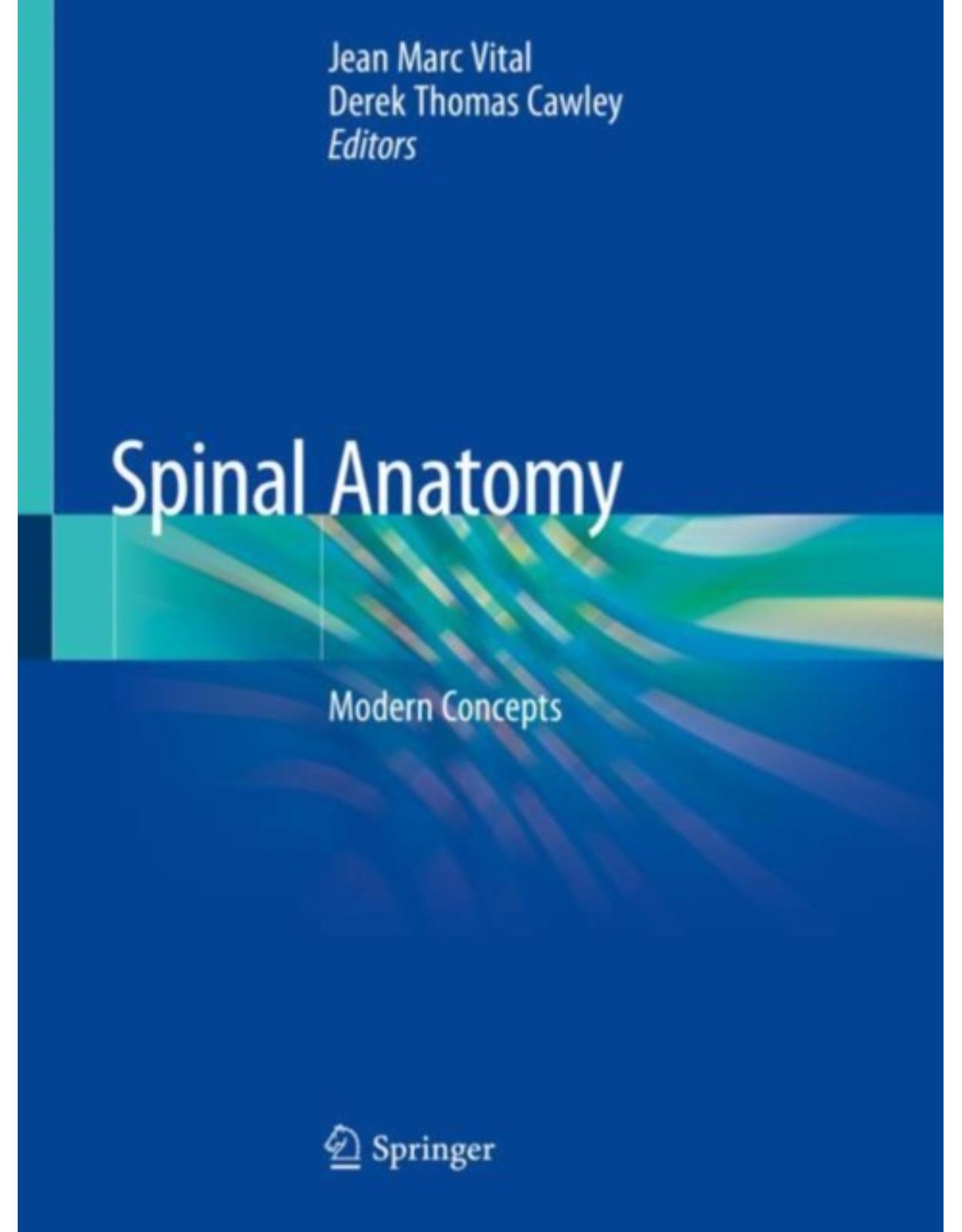
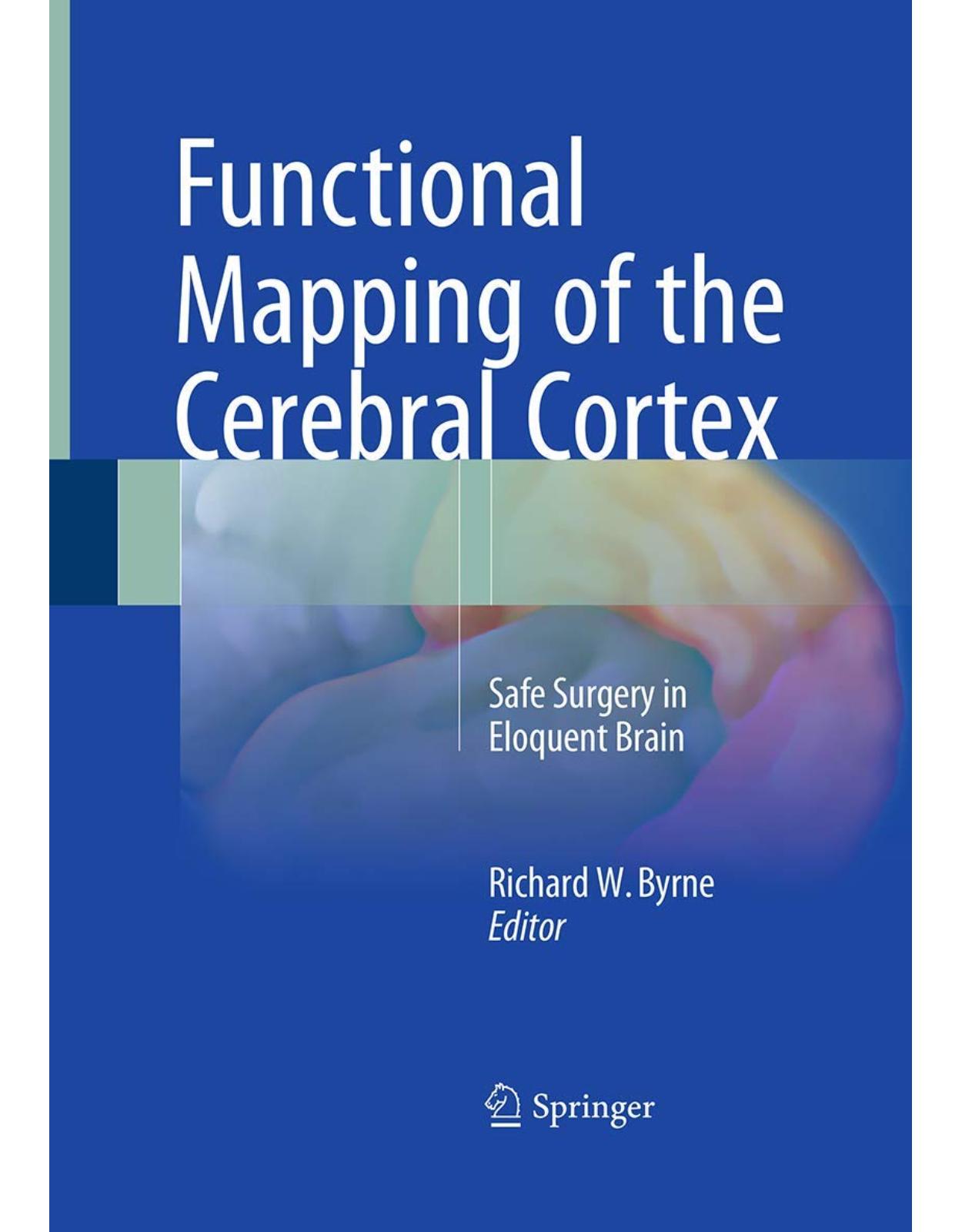
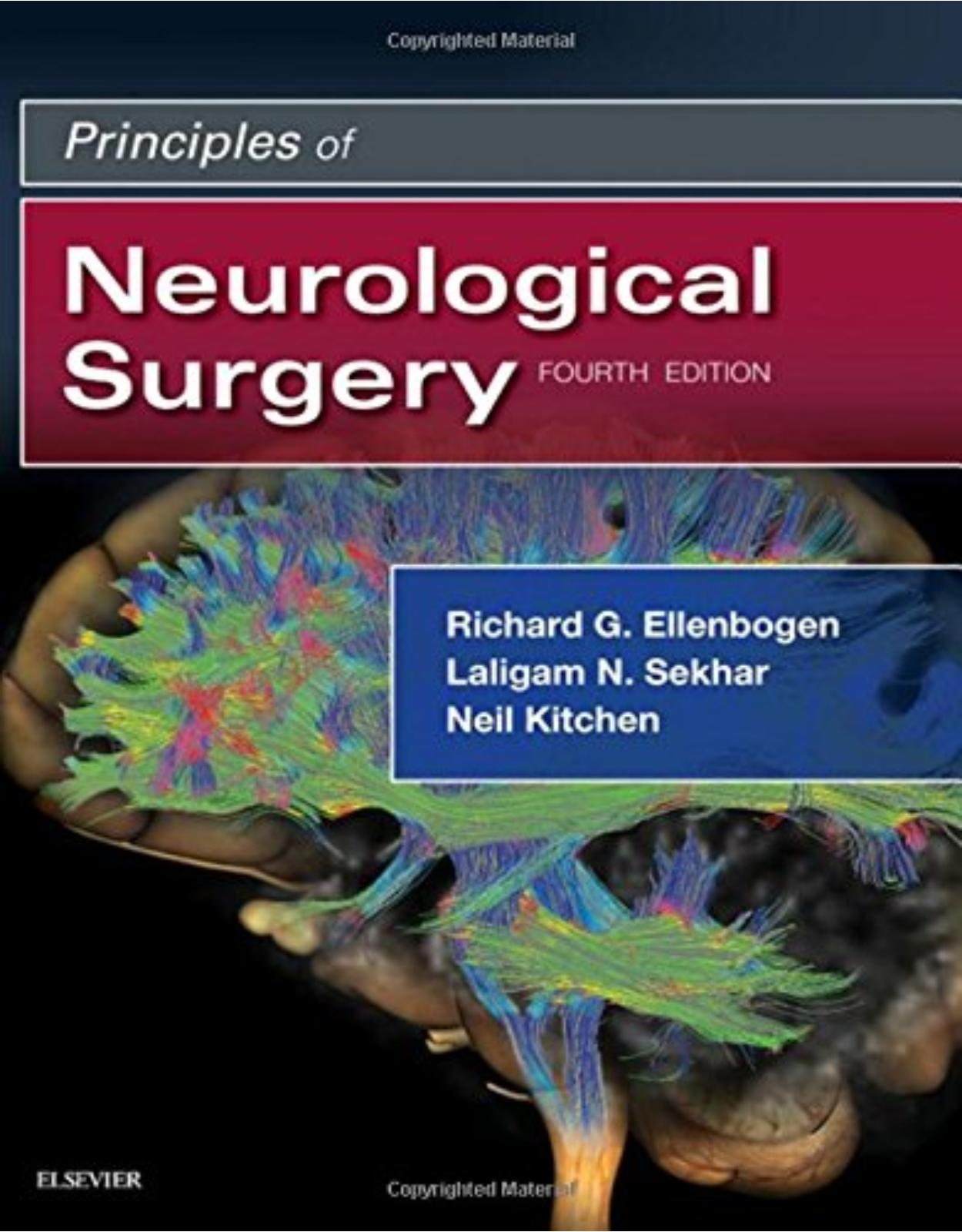
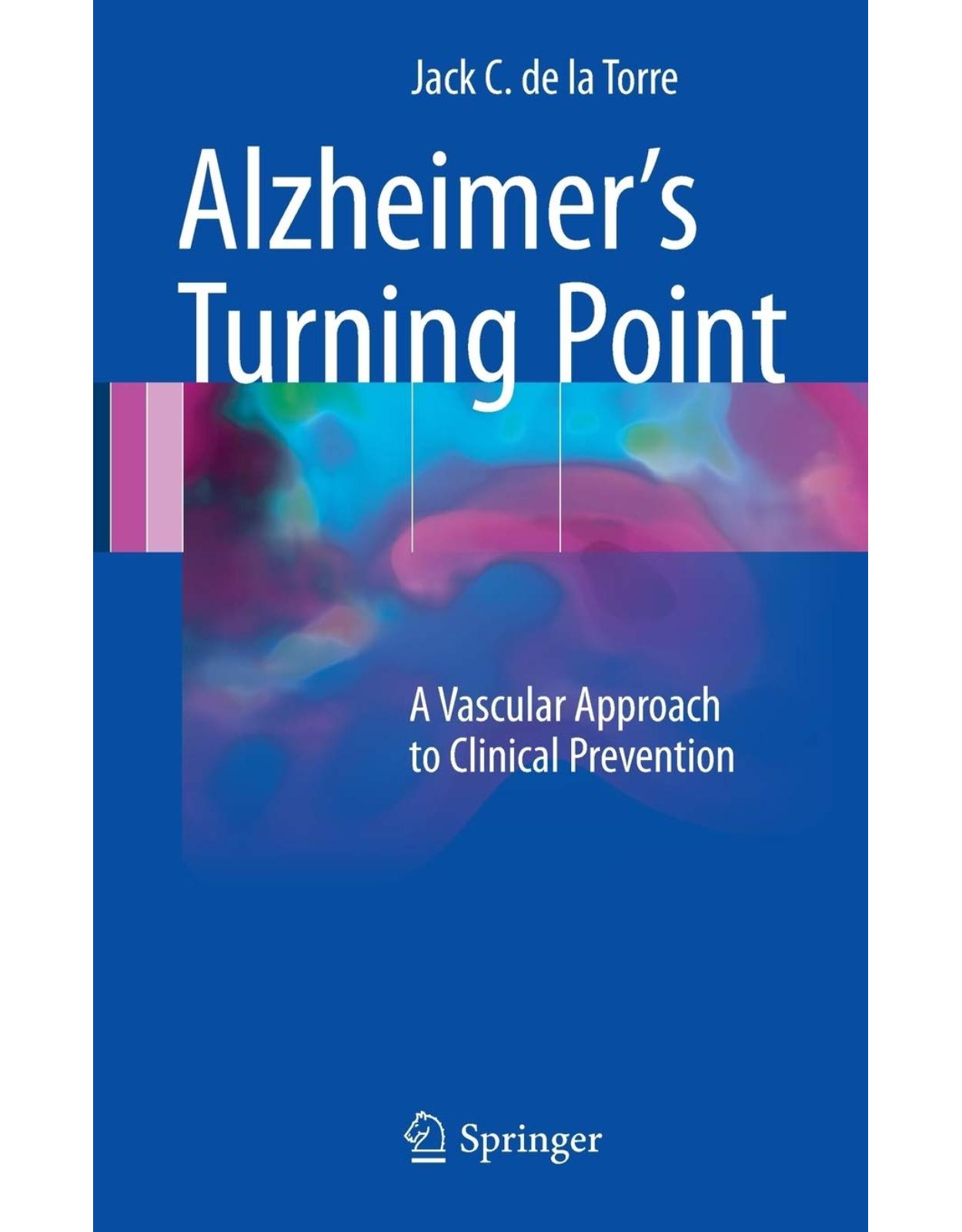



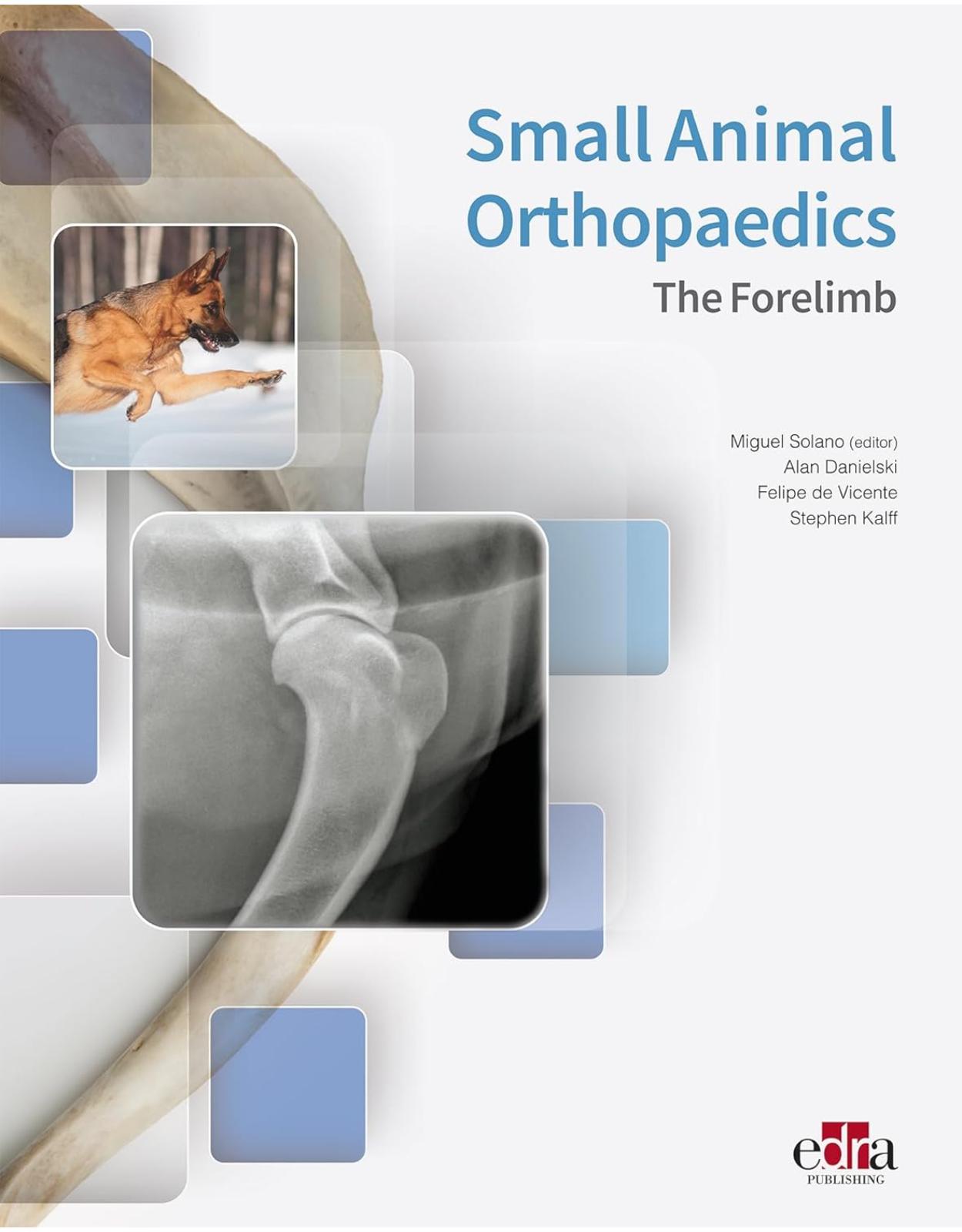

Clientii ebookshop.ro nu au adaugat inca opinii pentru acest produs. Fii primul care adauga o parere, folosind formularul de mai jos.